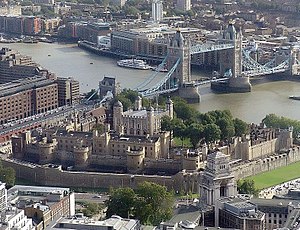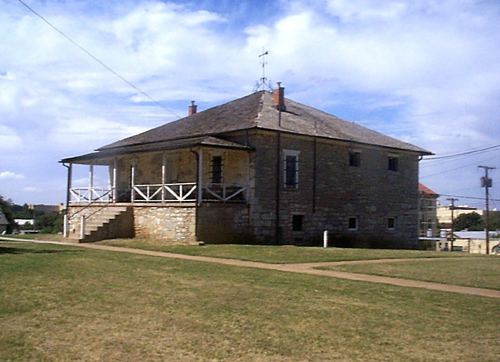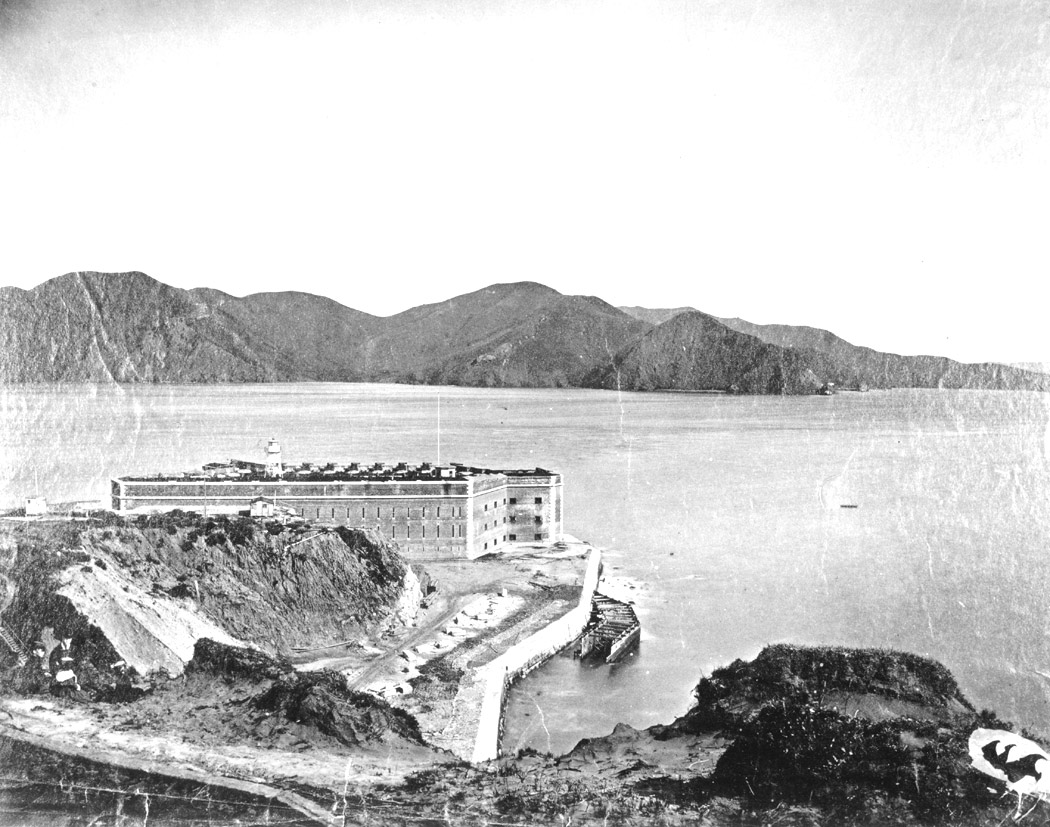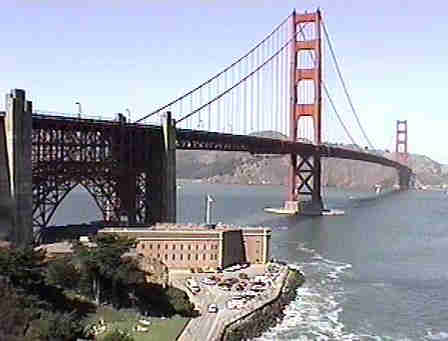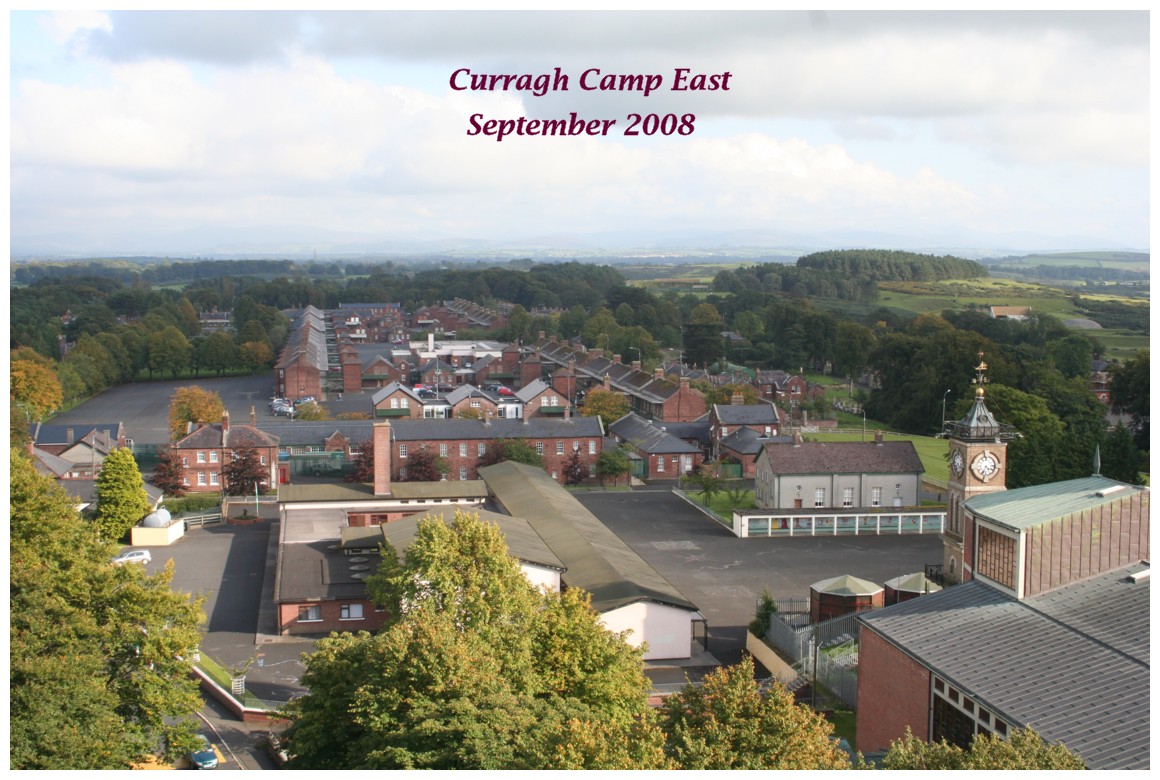
Fort Wayne is in Detroit.
My father took me there a couple of times when I was younger. I distinctly remember it was the first time that I heard the saying "friend or foe".
Fort Wayne never saw any action.
On Google Maps
Detroit also had Fort Detroit and Fort Lernoult but they are gone.
Share a fortification near you.
Augarten Flak Tower, just a few meters away :)

By works, do you mean books or so? No idea, probably? I didn't even read the wikipedia link but as far as I know taking it down is still considered a hard problem. The one pictured is 55m high of full concrete... Where I come from you can also find a nazi bunker every couple kilometers on the coast...
As far as I know, we don't have fortifications like the ones already shown (and if we do, I don't know of any), so I will show you a medieval fortification. I show you Slot Loevestein. This castle was part of the Nieuwe Hollandse Waterlinie untill the second world war. It was also used as a state prison to keep Hugo de Groot locked up. For those who don't know, Hugo de Groot is one of the people who laid the foundations for international law. It's a 1 hour drive from my parents' house.
The Netherlands have a long history of fortifying their cities. The best preserved can be found around Naarden, Hulst and Heusden. A lot of pictures: http://www.google.nl/search?hl=nl&gs_rn=1&gs_ri=hp&#...
Ah, I totally forgot. Many of the older cities started out as fortified towns, but many cities don't have their city walls anymore. I also totally forgot about castle Heeswijk, which is even closer to my parents.
1 hour from my home: Here is Fort Macon: Five-sided Fort Macon is constructed of brick and stone. Twenty-six vaulted rooms (also called casements) are enclosed by outer walls that are 4.5 feet (1.4 m) thick.Fort Bragg is a large United States Army installation, located in Cumberland, Hoke, Harnett and Moore counties, North Carolina, mostly in Fayetteville but also partly in the town of Spring Lake. It was also a census-designated place in the 2010 Census, during which a population of 39,457 was identified. The fort is named for Confederate general Braxton Bragg. It covers over 251 square miles (650 km2). It is the home of the US Army airborne forces and Special Forces, as well as U.S. Army Forces Command and U.S. Army Reserve Command.

Suomenlinna fortress Heres history. I would not call it a fort, or much less fortress, but I live inside Krepost Sweaborg.
Jerpoint Abbey
also
Kells Priory
 They give guided tours here now, used to be a seat of Kings long ago.
They give guided tours here now, used to be a seat of Kings long ago. Settlement with large curtain wall. No tours and you normally have to push sheep out of your way when visiting as they are the only inhabitants.
Settlement with large curtain wall. No tours and you normally have to push sheep out of your way when visiting as they are the only inhabitants.
I was looking through New Mexico forts, and of course we have things like Fort Bliss and White Sands, but I thought this one was interesting: I find northern New Mexico and Rio Grande Valley history incredibly interesting.


Hacienda de los Martinez
The Hacienda de los Martinez is one of the few northern New Mexico style, late Spanish Colonial period, "Great Houses" remaining in the American Southwest. Built in 1804 by Severino Martin (later changed to Martinez), this fortress-like building with massive adobe walls became an important trade center for the northern boundary of the Spanish Empire. The Hacienda was the final terminus for the Camino Real which connected northern New Mexico to Mexico City. The Hacienda also was the headquarters for an extensive ranching and farming operation.
Severino and his wife Maria del Carmel Santistevan Martinez raised six children in the Hacienda. Their eldest son was the famous Padre Antonio Martinez who battled the French Bishop Lamy to preserve the Hispanic character of the Catholic Church in the territory. The Padre was a dynamic social reformer who created the first co-educational school in New Mexico and brought the first printing press to Taos.
After Mexican Independence from Spain in 1821, Severino Martinez and his family became active in trading with the Americans who were bringing badly needed trade goods in by the Santa Fe Trail.
Today the Hacienda's twenty-one rooms surrounding two courtyards provide the visitor with a rare glimpse of the rugged frontier life and times of the early 1800s. Additionally, regularly scheduled demonstrations present the continuing traditions of northern New Mexico.
Fort Worden is a couple hours away from where I live. Fort Worden (along with Fort Flagler and Casey) was built at the entrance of Admiralty Inlet to protect the Puget Sound. The fort never fired a hostile shot and eventually, Fort Worden State Park opened in 1973. I believe that my father took me to the state park a couple of times when I was younger, but my memories of these trips are very vague so I'll have to ask him about it sometime.
Fort Smith, Ar, the second largest city in Arkansas and a gateway to the west. Located on the Oklahoma-Arkansas border, it was a major stop on the trail of tears. Today the fort itself is a historical site, but it did see action during the Civil war when the Confederacy occupied it before the Union took it over after a small battle. Not long after the end of the war, the fort was abandoned but the town thrived. One famous resident was Judge Isaac Parker, the "Hanging Judge," who sentenced 160 people to death by hanging. A few movies take place in the fort/town, including both versions of True Grit, one starring John Wayne and the other written and directed by the Coen brothers. I haven't visited the fort, but I do drive through the city every now and then. Since watching the latest True Grit, every time I'm in the area I appreciate how different it is from their arid, treeless depiction.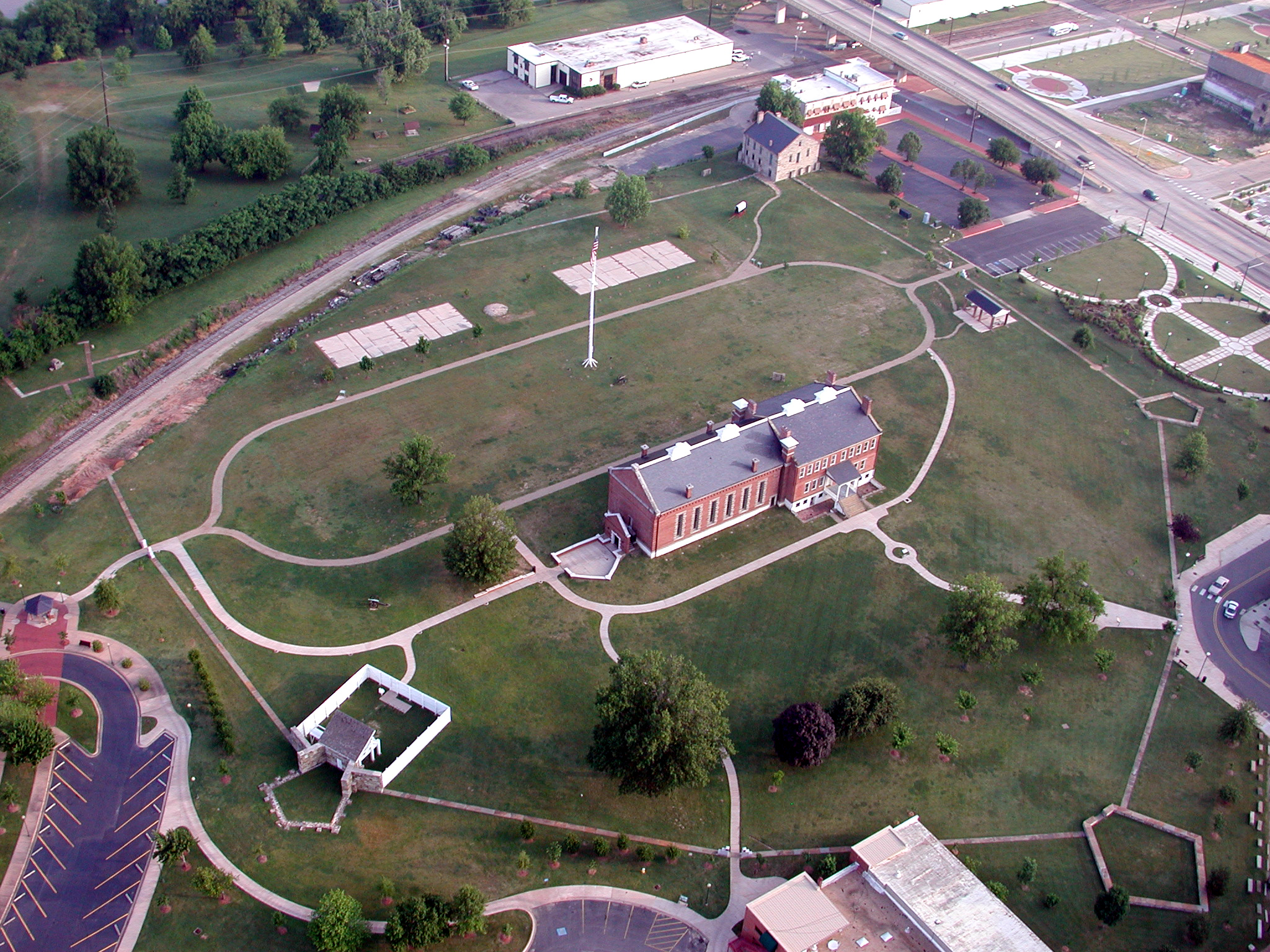
Fort Point at the Golden Gate in San Francisco
The pirate Jean Lafitte's fortified mansion, Fort Maison Rouge.




